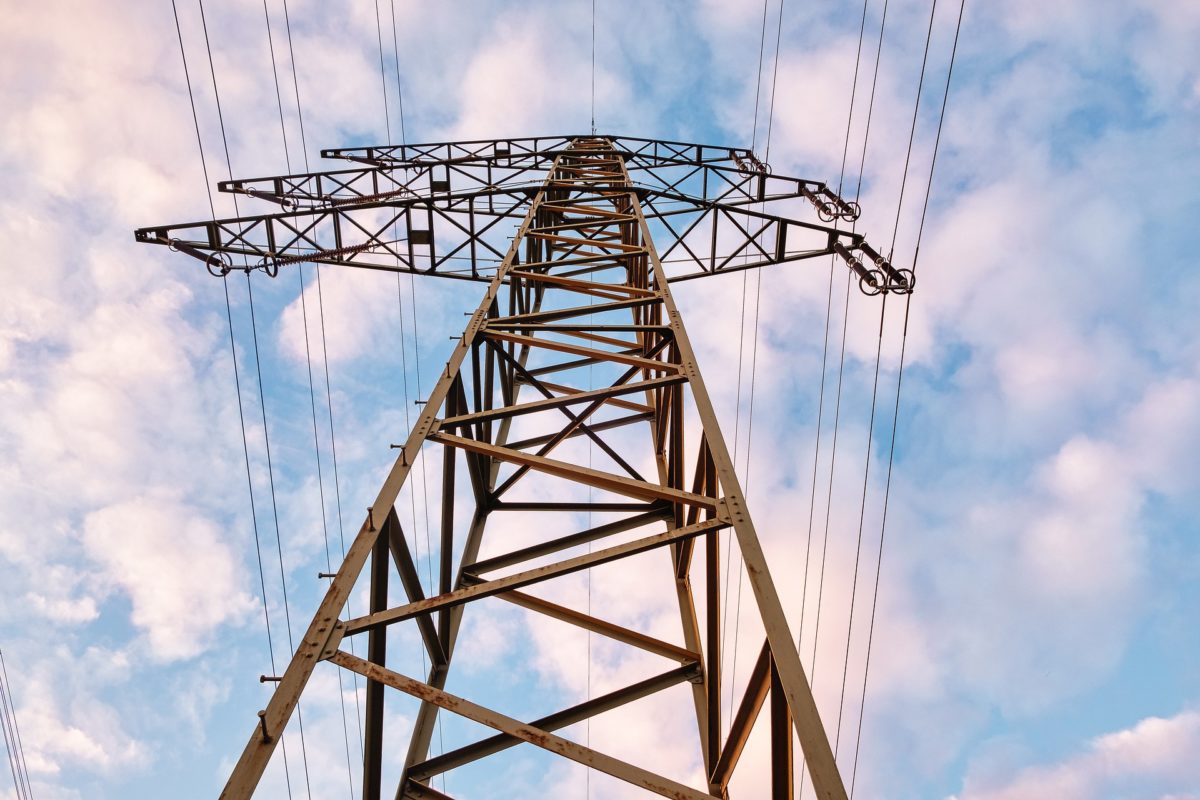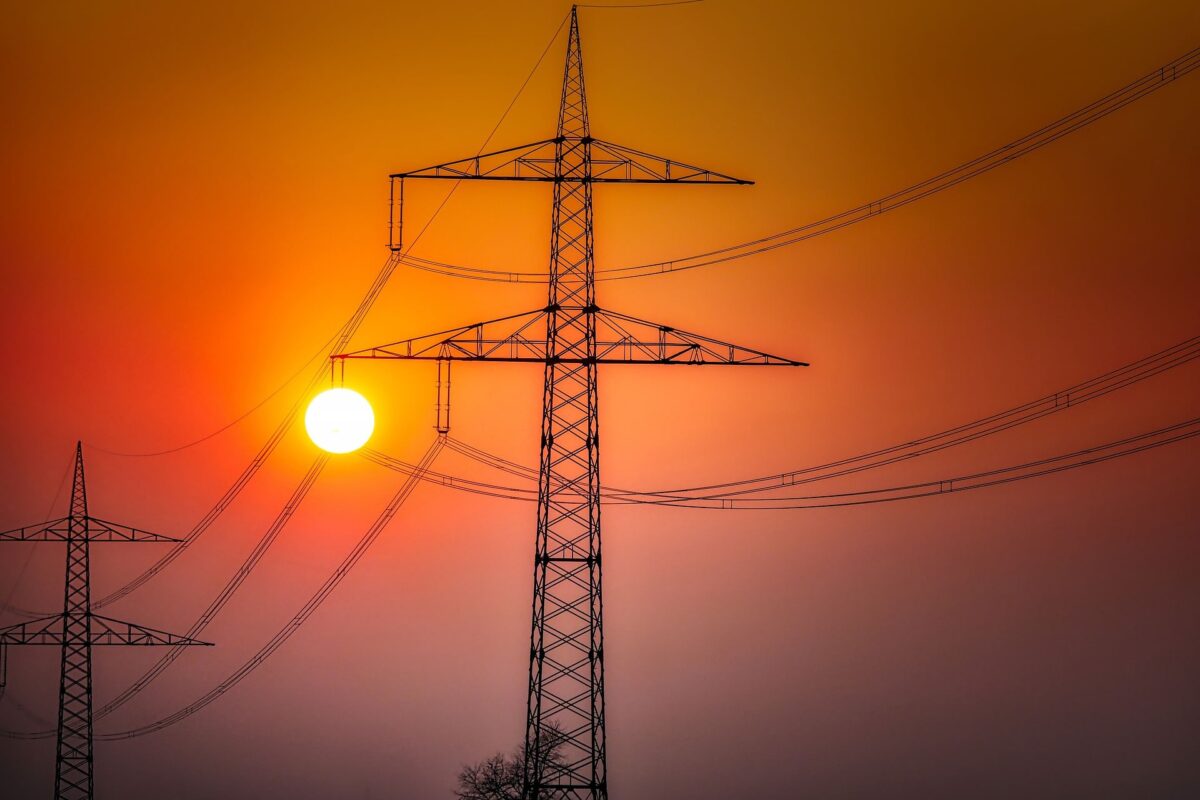A proposed rule issued by the Federal Energy Regulatory Commission (FERC) aims to speed interconnection of utility-scale solar and storage through four key areas of reforms.
More than 1400 GW of generation and storage were waiting in interconnection queues at the end of last year, FERC said in a statement, with the backlogs potentially increasing costs for consumers, and creating reliability issues as “needed new generating facilities” are unable to reach commercial operation in a timely manner.
The draft rule would require transmission providers to adopt a first-ready, first-served cluster study process, with readiness requirements for interconnection customers to remain in the interconnection queue.
First-ready, first-served cluster studies are more efficient than studying interconnection requests one at a time, FERC said. The readiness requirements for project developers involve study deposit amounts, site control, commercial readiness milestones, and withdrawal penalties. The requirements would allow transmission providers to focus on projects that have a greater chance of reaching commercial operation, FERC said.
The draft rule would set firm deadlines for transmission providers to complete interconnection studies, and would establish penalties for missing deadlines. The change would eliminate FERC’s “reasonable efforts” standard for completing the studies. Transmission providers conducting an affected systems study would need to use a standardized and transparent process.
The draft rule would require transmission providers to allow co-located resources, such as solar and storage, to share a single interconnection request. A project developer could add a generating facility to an existing interconnection request if the developer did not request a change to the originally requested interconnection service level.
For solar and wind power, which are “non-synchronous” generators, the draft rule would require the generators to continue providing power and voltage support during grid disturbances.
The proposed rule is a “unanimous action” by the commission, said FERC Chairman Richard Glick. “We are witnessing unprecedented demand for new resources seeking to interconnect to the transmission grid, and queue delays are hindering customers’ access to new, low-cost generation.”
Comments on the proposed rule are due 100 days after its publication in the Federal Register.
This content is protected by copyright and may not be reused. If you want to cooperate with us and would like to reuse some of our content, please contact: editors@pv-magazine.com.








How does a “distributed” solar production/storage package, fitted to its in-town, cluster of business or residences, next to, amongst, other related microgrid centers, benefit from, or relate to FERC – help?
Is FERC commercial, but has government-level command? Over citizens’ not-synchronized arrival at choices of set-up and operation, and opposite in choice/principle to the large corporations’ planned “large array” mega systems? Must? FERC help be bought, accepted, supported by microgridders? Town by town? Microgrid by microgrid? Even though “distributed” splits off to a tech and engineering model opposite to “large array”? Is the specific fine-backed!? “readiness” requirement, restrictions on start (wait) times of builds, links, services, for everyone?- except – the utility scale provider? In other words, anyone dependent upon utility scale, “large array” solar’s limited flexibility, – it’s requirements for – protected profitability for itself, requirements for a captive customer base’s commitment of longterm funding support, and loyalty (in an era of lightning speed change in engineering evolution) – wise ? for the average person wanting to power a home at lowest expense to the household and environment? Is forced loyalty, w/ no assurances of schedules, set rates – going to give a better transition to solar “resiliency” for a homeowner, than joining a localized, no surprises cooperative of a small number of members?
A large grid will deliver far more affordable, reliable and ultimately much cleaner electricity than mcro-grids. Large grids have multiple advantages.
1. Your solar and wind farms can benefit from economies of scale. Some forecasts have utility-scale solar getting down to a half a cent per kWh.
2. In large grids you have regions that peak in the summer connected to regions that peak in the winter. This makes it so the grid that’s designed for the winter peak has some spare reserves to help with the grid that peaks in the summer. An example of this is the interaction between the grid in the Pacific Northwest which historically peaks in the winter and the Southwest which peaks in the summer.
3. Geographical diversity. A grid that has resources spread out over half the country can deliver a much more reliable supply of electricity than a grid in a single state or a single county. We know this because of weather statistics.
California has a history of off-shoring pollution to its neighbors in Arizona, Colorado, Utah, Nevada and New Mexico. Basically, the utilities couldn’t build stuff in California because of rampant NIMBYISM and CEQA so they started building the plants in other states where air pollution rules were much more relaxed. This wasn’t just a smidge of off-shoring. You have to remember that California imports around a third of its electricity and up until relatively recently most of that was coal power. Note that LDWP still owns a 1640 MW coal plant in Utah.
While this problem started back in the 1960s/1970s it’s still going on today. Look at all the coastal gas plants in California that activists have managed to shutdown and/or block from being built. California is still burning roughly the same amount of gas as it was 10 years ago but the pollution has been shifted out of Redondo over to the Inland Empire.
Opposition to construction inside California combined with the difficulties of expanding interstate transmission has slowed the decarbonization process by several years. This is yet another example of CEQA and NIMBYS causing rather than preventing pollution. Needless to say there are all sorts of environmental justice issues that NIMBYISM has caused and continues to cause. California is particularly susceptible to this because of CEQA but other states are having their own problems.
https://cleantechnica.com/2021/07/31/nimbyism-puts-the-kibosh-on-americas-largest-solar-power-plant/
As I mentioned already, if you have a micro-grid you will need much more backup fuel than if you are connected to a grid that can access wind, solar, hydro and geothermal from thousands of miles away. This means the pollution footprint of most micro-grids will definitely be much higher.